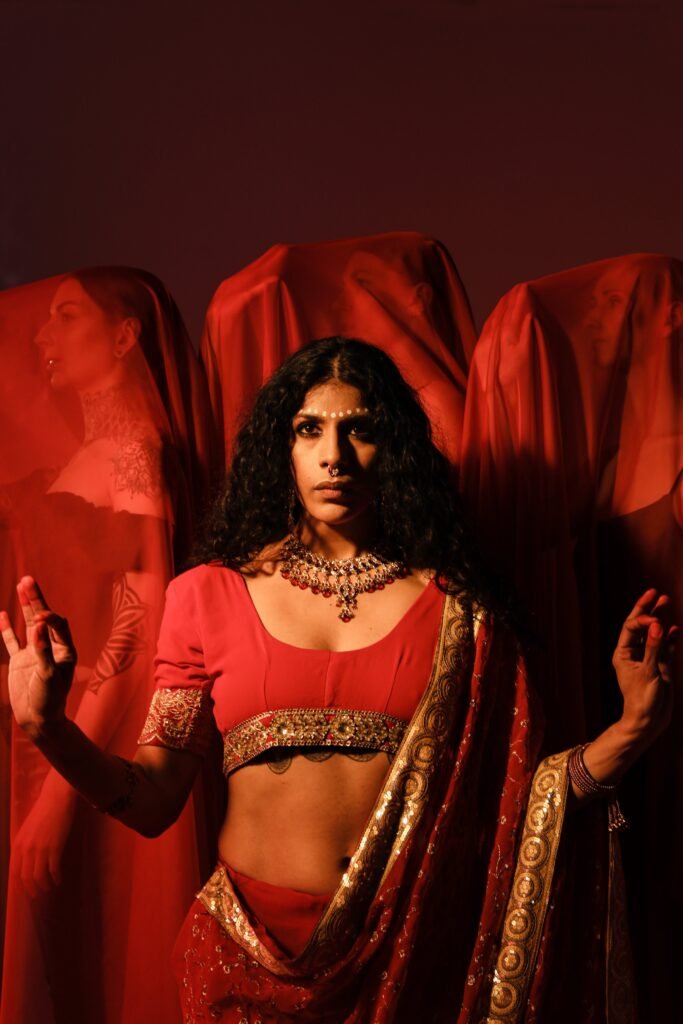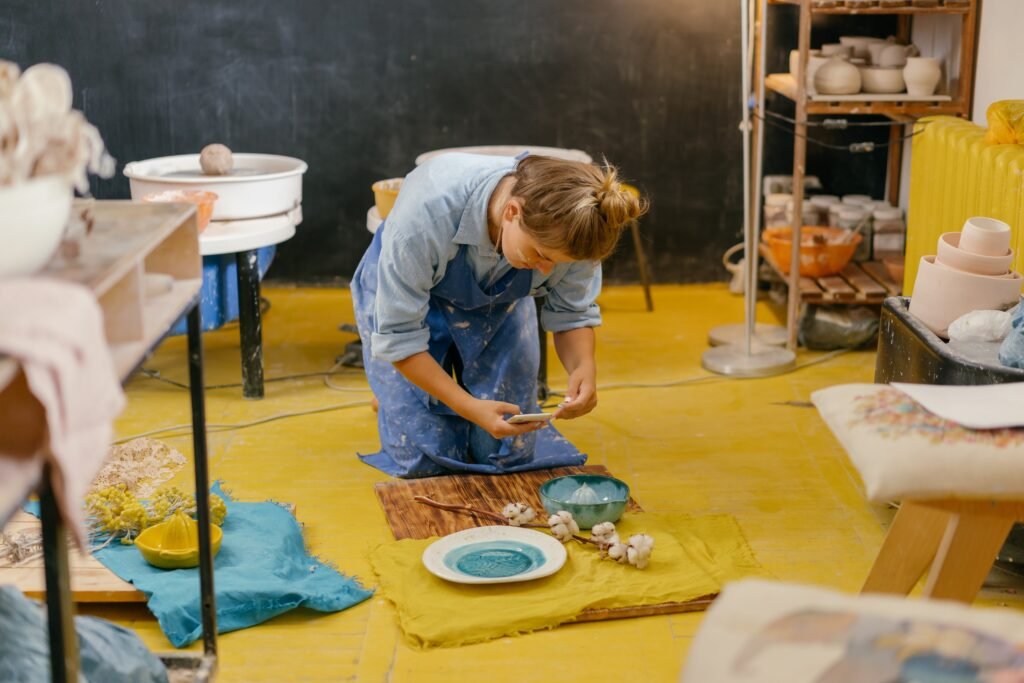최근 연구 결과에 따르면, ChatGPT 3 및 4 버전, Studio.ai, YouChat과 같은 생성 인공지능 챗봇들은 이미 인간과 비슷한 창의력 수준을 보이고 있다는 것이 밝혀졌습니다. 몇 차례에 걸친 연구에 기반한 이 신규 결과는 창조성이 오랜 기간 동안 인간 지능의 독점 도메인이라는 오래된 믿음에 도전하고 있습니다. 오랜동안 기술적이고 구조화된 작업에서 인공지능이 대단한 역량을 보이더라도, 창의성은 고유하게 인간의 특성이라고 여겨져 왔습니다. 그러나 베를린 훔볼트대학교 컴퓨터 공학 부내 제니퍼 하세 박사와 엑세터 대학교의 폴 하넬 박사 등이 주도한 최근 연구는 인간과 인공지능이 생각, 창조에 있어서의 구분이 모호하다는 것을 입증하고자 하였습니다. Detail.
Research Reveals Equality in Abilities between AI Chatbots and Human Intelligence

Background of the Study
In the field of intelligence, creativity has long been considered an exclusive domain of human beings. It has been widely believed that while AI excels in logical and structured tasks, creativity remains a uniquely human trait. However, recent research has challenged this notion and shed light on the equality in abilities between AI chatbots and human intelligence. This study, led by Dr. Jennifer Haase from the Department of Computer Science at Humboldt University, Berlin, and Dr. Paul H. P. Hanel from the University of Essex, demonstrates that the line between human and AI-generated creativity is blurring.
Comparison of Creativity Levels
To evaluate the creativity levels of AI chatbots, the study employed the Alternative Uses Test (AUT), a standard measure frequently used in creativity tests. The AUT asked 100 human participants and five general artificial intelligence chatbots, including prominent names like alpa.ai, Copy.ai, ChatGPT (versions 3 and 4), Studio.ai, and YouChat, to generate original images of five everyday objects. The human and AI-generated responses were measured based on their originality and fluency of ideas.

Evaluation of General AI Chatbots
Among the general AI chatbots evaluated in the study, ChatGPT (versions 3 and 4) stood out as a high-performing model. The most recent version, ChatGPT-4, demonstrated remarkable ability in generating original and creative responses to prompts. These findings highlight the rapid advancements in AI and suggest that AI’s role in creative processes is not just supplementary, but can be central.
Implications of the Findings
The research findings have broad implications for the potential of AI in creative domains. The ability of AI chatbots to produce creative content that is indistinguishable from human output opens up new possibilities for applying GAI in various fields, from artistic creation to problem-solving in business and beyond. AI can now be seen as a collaborator, not just a tool, in creative endeavors. However, these findings also invite a reevaluation of the role of AI in domains traditionally dominated by human creativity and raise questions about the uniqueness of human creative expression in an increasingly AI-integrated world.

Debate on the Label of ‘Creativity’
The discussion about whether Generative Artificial Intelligence (GAI) chatbots can be genuinely labeled as ‘creative’ is complex and involves subjective viewpoints and varying interpretations of creativity. Some critics argue that chatbots cannot replicate the creativity of humans, as human creativity is a combination of real-world experience, emotion, and inspiration. However, the definition and common measurement of creativity do not require these elements. Creativity is defined as the ability to produce something new and useful, which can be judged by those engaging with the potentially creative output. From a scientific perspective, the output of GAI chatbots in standardized creativity measures is as original as human-generated ideas and is indistinguishable from human output.
Scientific Perspective on Chatbots’ Creativity
The study provides supportive findings that affirm the creative abilities of GAI chatbots. The ability of GAI chatbots to generate original ideas is a pragmatic demonstration of their creativity. While the debate may continue from a subjective standpoint, the scientific perspective acknowledges the creative capabilities of chatbots.
Availability of the Study
The preprint of the study titled “Artificial Muses: Generative Artificial Intelligence Chatbots Have Risen to Human-Level Creativity” has been made available through Arxiv. This allows researchers and interested individuals to access and delve into the details of the study’s findings.
Author Biography
Dr. Jennifer Haase is a leading researcher in the field of computer science at Humboldt University, Berlin. Her expertise lies in artificial intelligence and the intersection of creativity and technology. Dr. Paul H. P. Hanel is a renowned professor from the University of Essex, specializing in cognitive psychology and human intelligence. They collaborated in this study to explore and uncover the capabilities of AI chatbots in creative endeavors. Tim McMillan, the writer of this article, is a retired law enforcement executive, investigative reporter, and co-founder of The Debrief. His focus on defense, national security, the Intelligence Community, and psychology provides a well-rounded perspective in covering the advancements in AI and its potential impact on creativity.


